Are you constantly waving your hands in front of your face to shoo away tiny flies? If you’re tired of those pesky flying gnats buzzing around your home, especially near your houseplants, you’re not alone. These unwelcome guests, often fungus gnats, can be a real nuisance. You might even find yourself apologizing to guests as they politely try to ignore the tiny insects attracted to their breath or wine glasses. But before you resign yourself to a summer of swatting, know that you can effectively eliminate these annoying pests.
Understanding Fungus Gnats: Identifying the Tiny Annoyances in Your Home
Often mistaken for fruit flies due to their similar size, fungus gnats are distinct in their habits and preferences. While fruit flies are drawn to overripe fruit, fungus gnats are primarily interested in decaying organic matter found in moist soil. Adult fungus gnats themselves are harmless; they don’t bite or sting. Their sole mission is to find damp soil to lay their eggs, perpetuating the cycle of infestation.
Once hatched, fungus gnat larvae reside in the soil, feeding on decaying plant material, fungi, and algae. This is why consistently moist potting soil becomes such an attractive breeding ground for these creatures. Therefore, one of the first and most crucial steps in controlling fungus gnats is adjusting your watering habits for your houseplants. Overwatering is essentially inviting these pests to set up residence in your home.
For many seasoned houseplant enthusiasts, underwatering is often the unintentional secret weapon against fungus gnats. Allowing the topsoil to dry out significantly between waterings makes your plants less hospitable to gnat larvae. To determine if your plant needs water, stick your finger about two inches into the soil. If it feels dry, it’s time to water. If it’s still moist, wait a few more days. Remember, indoor humidity levels vary, and there’s no one-size-fits-all watering schedule. Observing your plants and feeling the soil is key to healthy watering practices and gnat prevention.
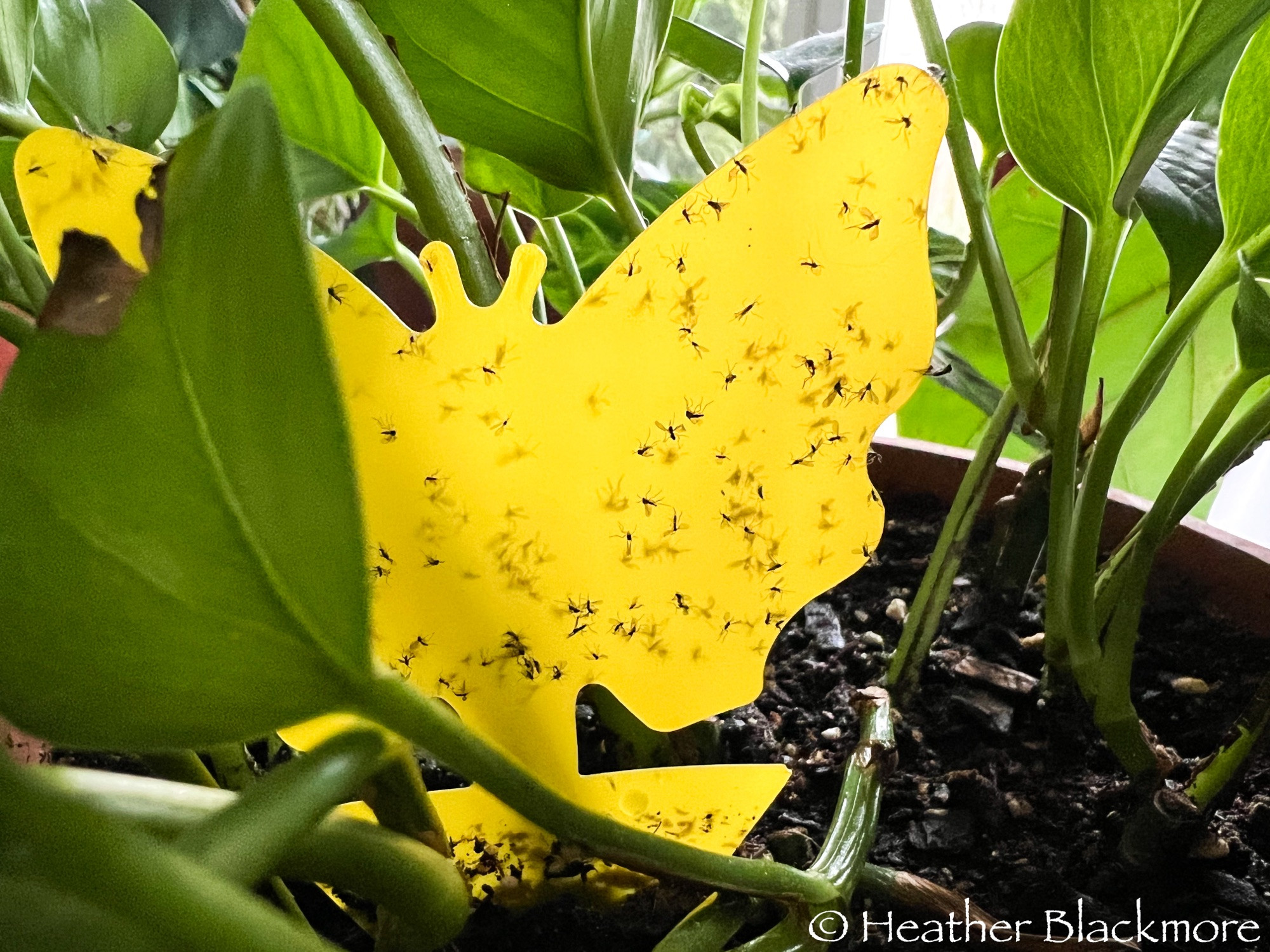 Yellow sticky trap full of fungus gnats
Yellow sticky trap full of fungus gnats
Strategies That Fall Short in Gnat Control
Dealing with a fungus gnat infestation can be frustrating, and you might have already tried several common remedies with limited success. Many homeowners find that certain methods, while seemingly logical, aren’t enough to completely eradicate these persistent pests. Here are some approaches that might not fully solve your gnat problem on their own:
- Simply Letting Soil Dry Out: While crucial, drying out the soil alone might not eliminate existing larvae or adult gnats that have already emerged.
- Hydrogen Peroxide Soil Drench: Hydrogen peroxide can kill larvae on contact, but it’s a short-term solution and doesn’t prevent re-infestation if adult gnats are still present.
- Diatomaceous Earth: This natural powder can dehydrate larvae, but it needs to be applied correctly and consistently, and can be less effective when the soil surface is moist.
- Various Insecticidal Sprays: Many sprays target adult gnats but don’t address the larvae in the soil, leading to a recurring problem.
- Sticky Traps Alone: Yellow sticky traps are excellent for catching adult gnats and monitoring infestation levels, but they don’t eliminate the larval source in the soil.
These methods can be helpful as part of a comprehensive strategy, but often lack the power to completely eliminate a fungus gnat infestation when used in isolation.
Tracing the Source: Where Do Flying Gnats Come From?
Understanding how fungus gnats enter your home is key to preventing future infestations. While it might seem like they appear out of nowhere, there are common entry points and sources for these pests. Often, the culprit can be traced back to new potting soil or newly acquired houseplants.
Potting soil, while essential for plant health, is not typically sterilized to preserve beneficial microorganisms. This means that bags of potting mix can sometimes harbor fungus gnat eggs or larvae right from the store. Even if the soil is initially gnat-free, a tiny tear in the bag during shipping or storage can provide an entry point for a determined female gnat.
New houseplants are another common source. Plants from nurseries or garden centers may already be infested with fungus gnat larvae in their soil. Bringing these plants into your home can introduce a new population of gnats. Less commonly, adult gnats might hitch a ride into your home on clothing or even your pets, though this is less frequent than infestations originating from soil or new plants. Regardless of how they arrive, it only takes a single fertilized female gnat to start a new breeding cycle and establish an infestation in your houseplants.
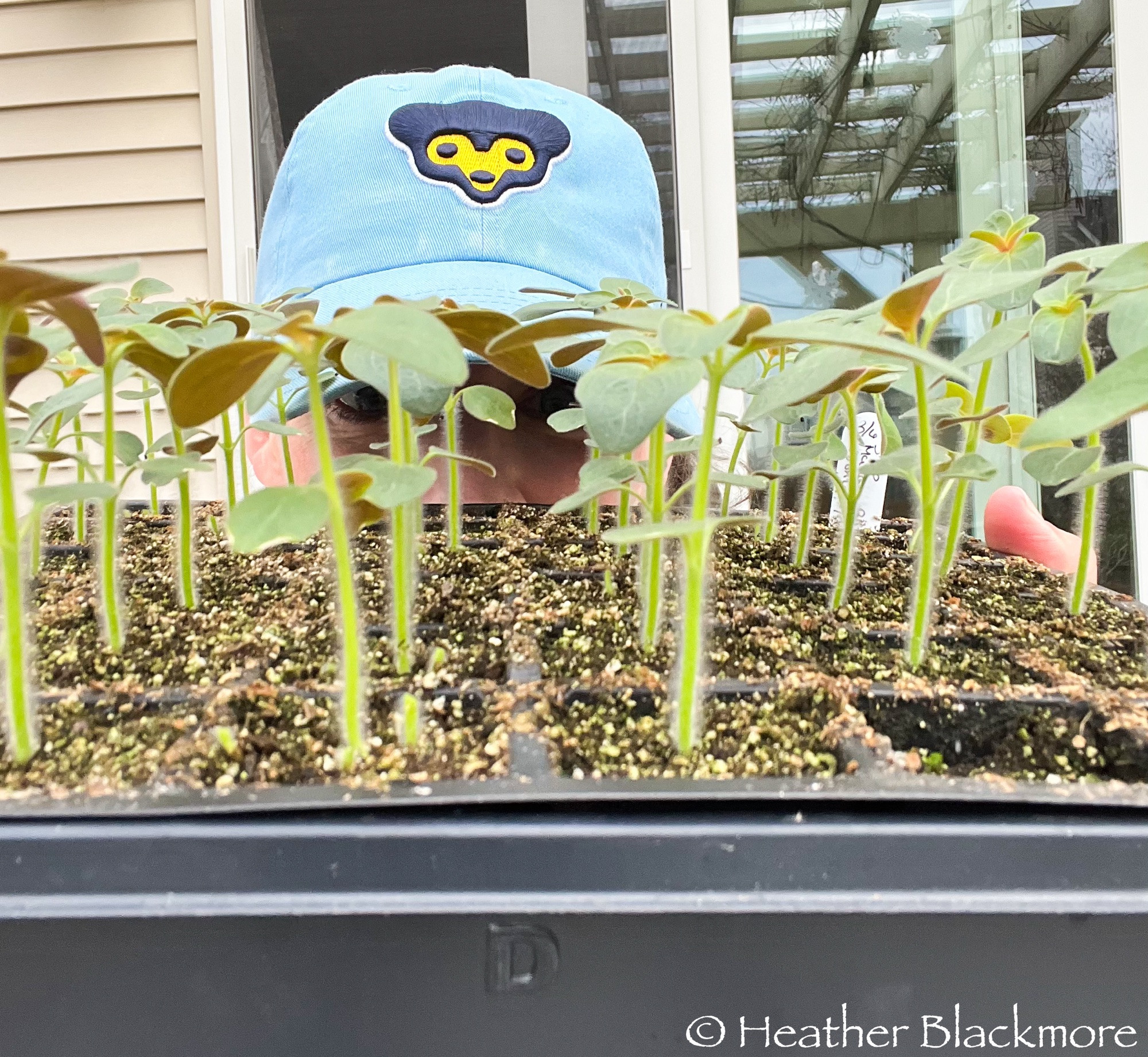 Tray of snapdragon seedlings
Tray of snapdragon seedlings
Preventing fungus gnats is crucial, especially when starting seeds for new plants.
While fungus gnats are primarily a nuisance, they can pose a more significant threat to seedlings. Young seedlings with underdeveloped root systems are particularly vulnerable to fungus gnat larvae. The larvae can feed on these delicate roots, causing significant damage and potentially killing the seedling. If you’re planning to start seeds indoors, controlling fungus gnats becomes even more critical to ensure the healthy growth of your young plants.
Biological Larvicide: Targeting the Root of the Problem
Effective fungus gnat control requires a dual approach: targeting both the larvae in the soil and the adult flying gnats. Treating only one stage of their life cycle will lead to ongoing problems. A highly effective method for eliminating larvae is using a biological larvicide containing Bacillus thuringiensis israelensis (Bti). This naturally occurring bacteria is toxic to gnat larvae but harmless to humans, pets, and beneficial insects.
Mosquito Bits are a readily available and affordable product containing Bti. While marketed for mosquito control, Bti is equally effective against fungus gnat larvae. To use Mosquito Bits, you can either sprinkle them directly on the soil surface of your houseplants or create a Bti-infused water solution. To make the solution, steep Mosquito Bits in water for about 30 minutes, then strain out the bits and use the water to irrigate your plants.
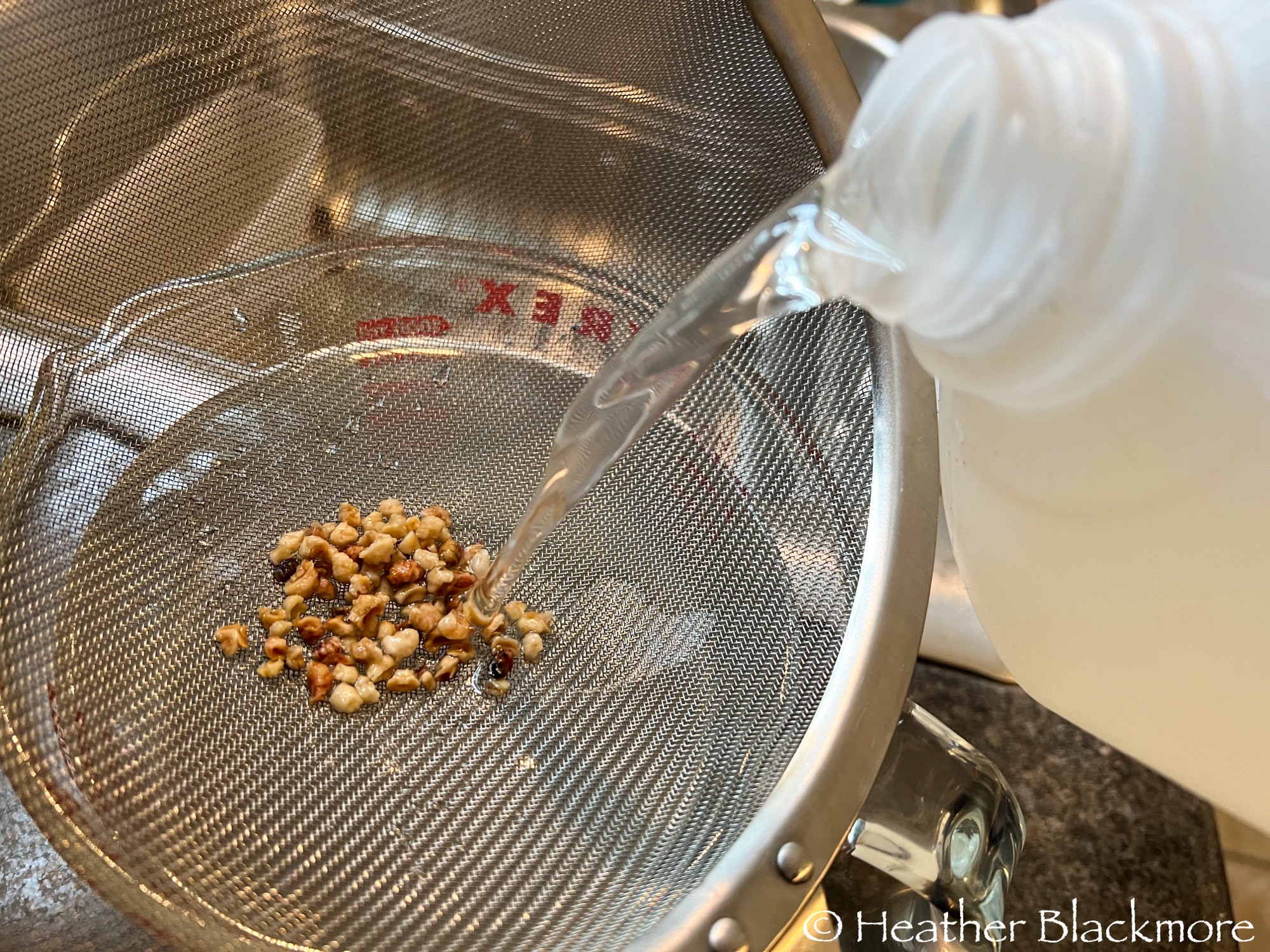 Straining mosquito bits
Straining mosquito bits
Steeping Mosquito Bits in water creates a Bti solution to target fungus gnat larvae when watering plants.
Bti works by producing crystal proteins that, when ingested by gnat larvae, disrupt their digestive system. The larvae stop feeding and die, effectively breaking the gnat life cycle at its source. Because Bti only affects larvae present in the soil, consistent application is key. It’s recommended to use Bti-infused water every time you water your plants for about a month to ensure all larvae are eliminated. You should begin to see a noticeable reduction in adult gnats within a couple of weeks as the larval population decreases.
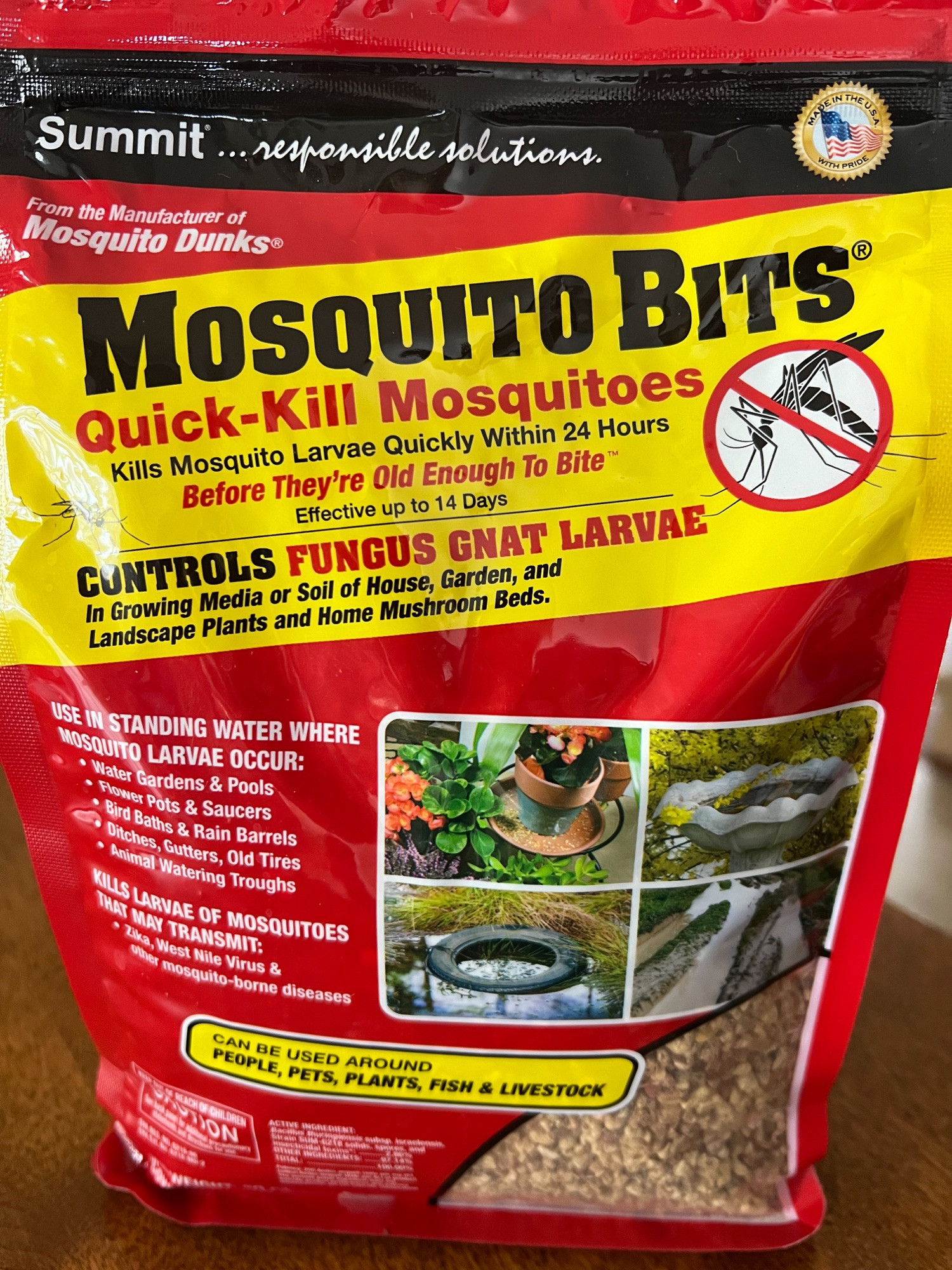 Mosquito Bits for control fungus gnats
Mosquito Bits for control fungus gnats
Sticky Traps: Capturing Adult Gnats for Comprehensive Control
While Bti tackles the larval stage, yellow sticky traps are essential for capturing adult fungus gnats. These traps are bright yellow, a color that strongly attracts gnats, and coated with a sticky adhesive that traps them upon landing. Placing sticky traps in your houseplant pots will significantly reduce the adult gnat population, preventing them from laying more eggs and contributing to the infestation.
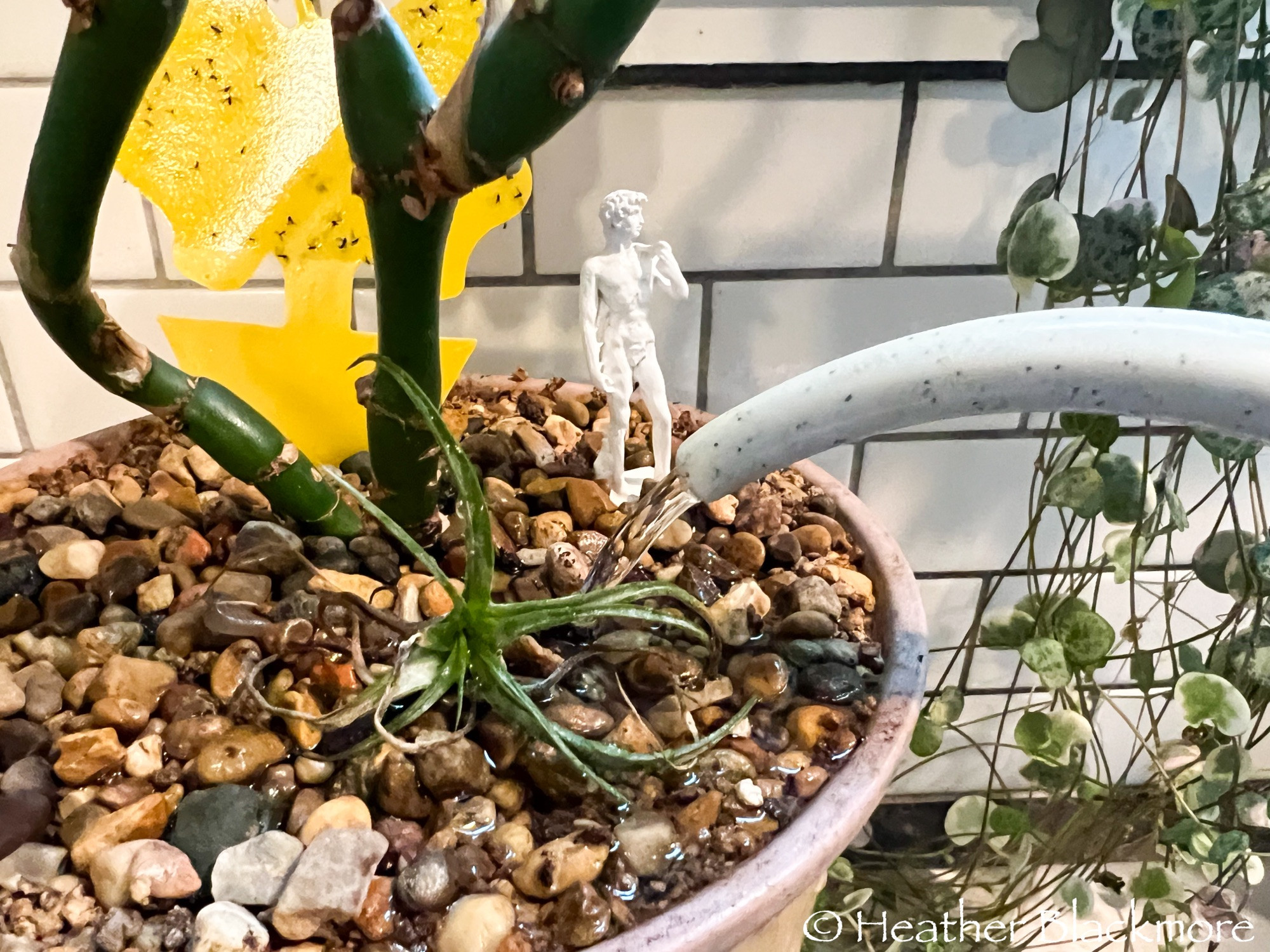 watering houseplants with watering containing Bti
watering houseplants with watering containing Bti
Watering houseplants with Bti solution and using sticky traps creates a powerful two-pronged approach to fungus gnat control.
Using sticky traps in conjunction with Bti treatment creates a powerful two-pronged approach to fungus gnat control. The traps capture and eliminate adult gnats, while Bti targets and eliminates the larvae in the soil. As you continue to treat your plants with Bti, you’ll observe fewer and fewer adult gnats trapped on the sticky traps, indicating that you are effectively breaking the infestation cycle.
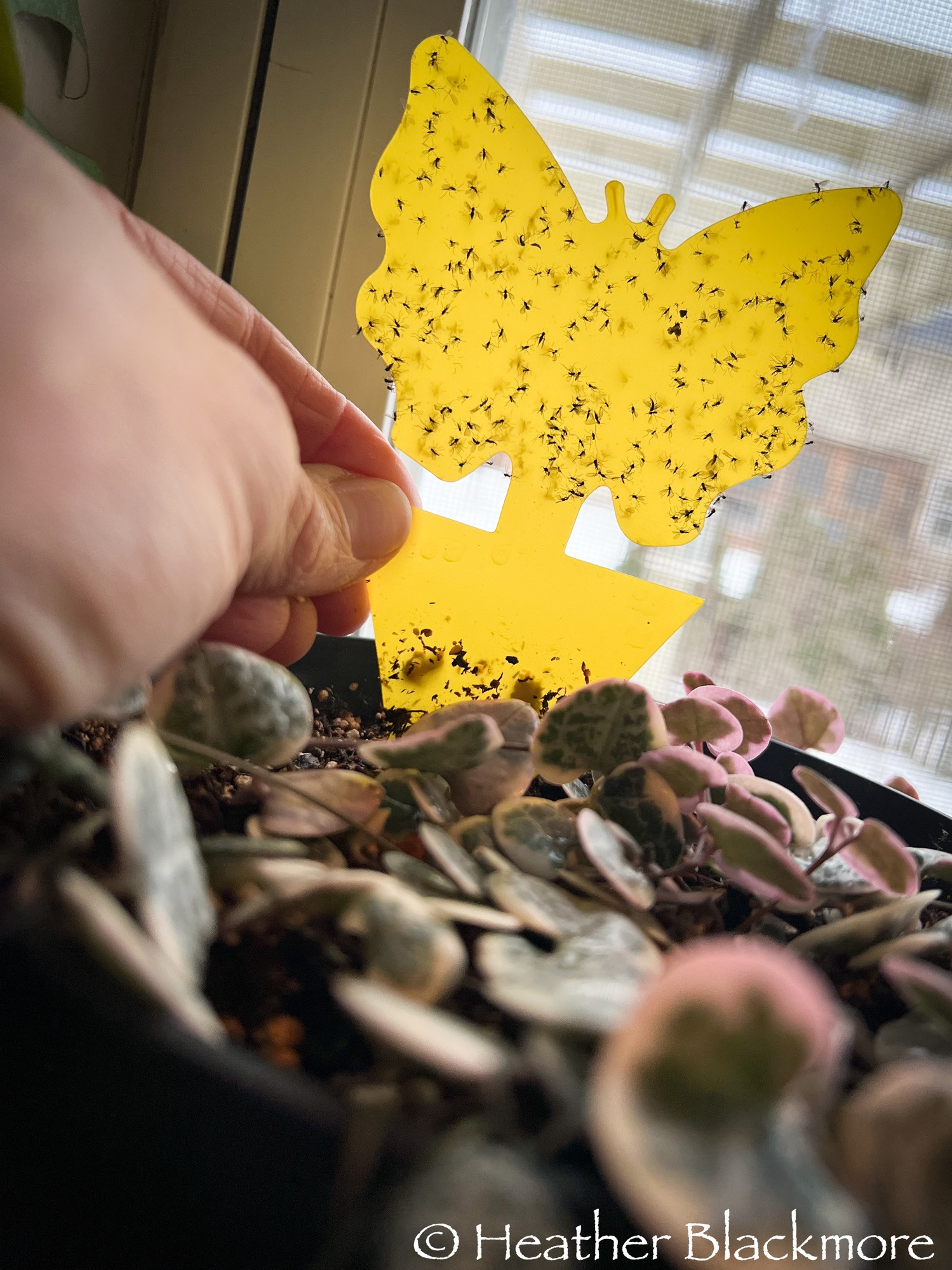 Sticky trap full of dead fungus gnats
Sticky trap full of dead fungus gnats
Combining Bti treatment with yellow sticky traps is the most effective strategy for how to get rid of flying gnats in your home. By targeting both the larval and adult stages of the fungus gnat life cycle, you can successfully eliminate these annoying pests and enjoy your houseplants gnat-free. Have you successfully dealt with fungus gnats using these methods or others?
